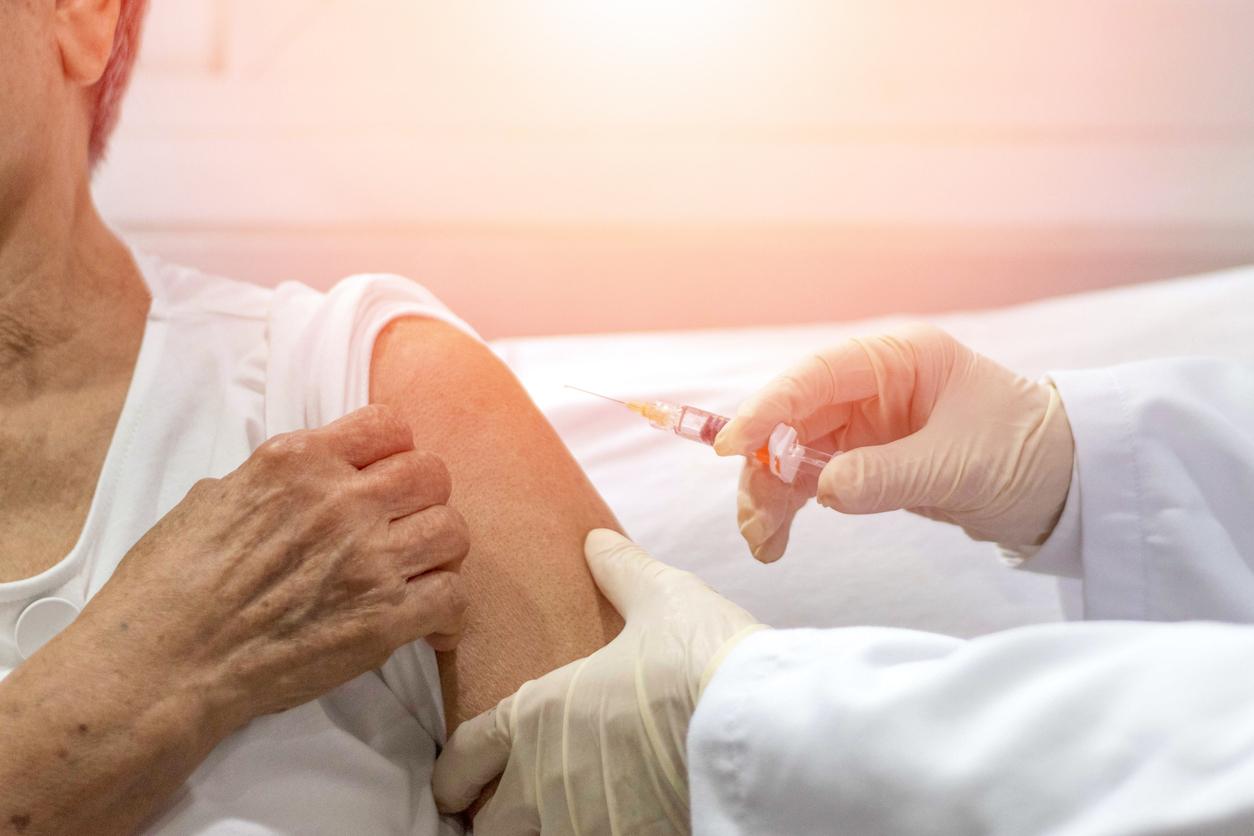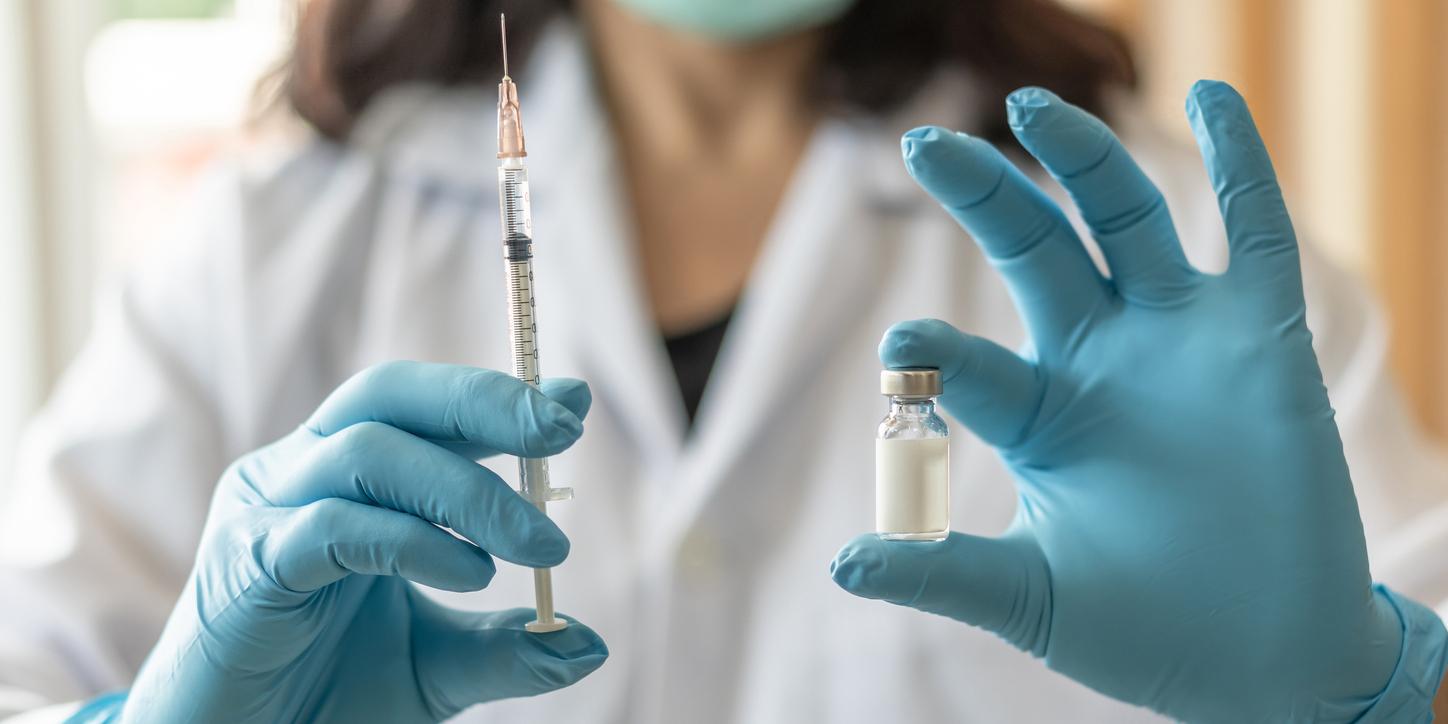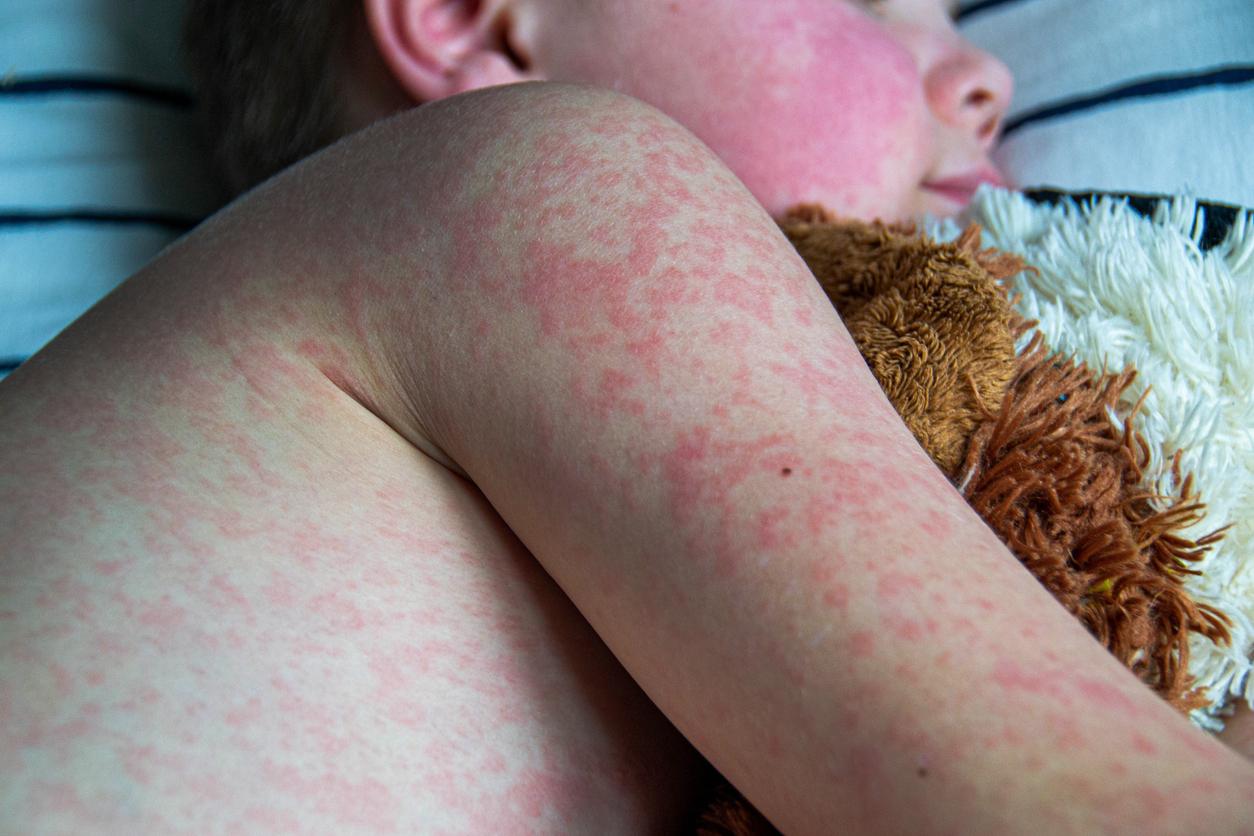MIT researchers have developed a vaccine “printer”, which produces patches with hundreds of micro-needles allowing the vaccine to dissolve without the need for a prick injection, which could make vaccination more accessible in the world. world.

- A mobile vaccine printer, which could potentially produce hundreds of vaccine doses in a day, has been developed by MIT researchers.
- The printer produces patches, which can be attached to the skin, with hundreds of micro-needles allowing the vaccine to dissolve without the need for a prick injection.
- This type of printer, which can fit on a table, could be deployed anywhere vaccines are needed.
Vaccinating the people who need it is not always easy. Most vaccines, including mRNA vaccines, need to be refrigerated while in storage, making it difficult to send them to places that lack the infrastructure and where those temperatures cannot be maintained. In addition, they need syringes, needles and trained health professionals to administer them.
Researchers at the Massachusetts Institute of Technology (MIT) in the United States may have found a solution to this problem: a mobile vaccine printer that could potentially produce hundreds of doses of vaccine in a day. This type of printer, which can fit on a table, could be deployed anywhere vaccines are needed, the researchers say.
Patches with hundreds of microneedles containing vaccine
The printer produces patches with hundreds of microneedles containing vaccine. The patch can be attached to the skin, allowing the vaccine to dissolve without the need for a prick injection. Once printed, vaccine patches can be stored for months at room temperature. “We could one day have vaccine production on demand”said Ana Jaklenec, a researcher at MIT’s Koch Institute for Integrative Cancer Research, in a communicated.
In a study published on April 24 in Nature Biotechnologythe researchers showed that, in mice, they could use the printer to produce heat-stable Covid-19 RNA vaccines that could induce an immune response comparable to that generated by prick-injected RNA vaccines.
The initial motivation of the MIT team, before the arrival of Covid-19, was to build a device capable of rapidly producing and deploying vaccines during epidemics of diseases such as Ebola. Such a device could be shipped to a remote village, refugee camp or military base to enable rapid vaccination of large numbers of people.
Measles, rubella, poliomyelitis: patch vaccines under development
Instead of producing traditional injection vaccines, the researchers decided to work with a new type of vaccine based on thumbnail-sized patches, which contain hundreds of micro-needles. Such vaccines are currently being developed for many diseases, including poliomyelitis, measles and rubella. When the patch is applied to the skin, the needle tips dissolve under the skin, releasing the vaccine.
The “ink” the researchers use to print the microneedles containing the vaccine includes RNA vaccine molecules that are encapsulated in lipid nanoparticles (fat particles), which helps them stay stable for long periods of time. .
The ink also contains polymers (large organic molecules) that can be easily molded into the correct shape and remain stable for weeks or months, even when stored at room temperature or above. The researchers found that a combination of polyvinylpyrrolidone and polyvinyl alcohol, both of which are commonly used to form microneedles, had the best combination of stiffness and stability.
Current prototype can produce 100 patches in 48 hours
The current prototype can produce 100 patches in 48 hours, but the researchers anticipate that future versions could be designed to develop greater capacity.
To test the long-term stability of the vaccines, the researchers first created an ink containing RNA that codes for the fluorescent protein luciferase. They applied the microneedle patches to mice after storing them at 4°C and then at 25°C (room temperature) for less than six months. They also stored a batch of particles at 37°C for a month.
Under all these storage conditions, the patches induced a strong fluorescent response when applied to mice. In contrast, the fluorescent response produced by traditional intramuscular injection of the fluorescent protein-encoding RNA decreased with longer storage times at room temperature.
Patch vaccines as effective as prick vaccines on mice
Next, the researchers tested their micro-needle vaccine against Covid-19. They vaccinated mice with two doses of the vaccine, four weeks apart, and then measured their antibody response to the virus. Mice vaccinated with the microneedle patch had a similar response to mice vaccinated with a traditional injected RNA vaccine. The researchers also found the same strength of antibody response when they vaccinated mice with microneedle patches that had been stored at room temperature for up to three months.
While this study focused on RNA vaccines against Covid-19, the researchers plan to adapt the process to produce other types of vaccines, including vaccines based on proteins or inactivated viruses.

















